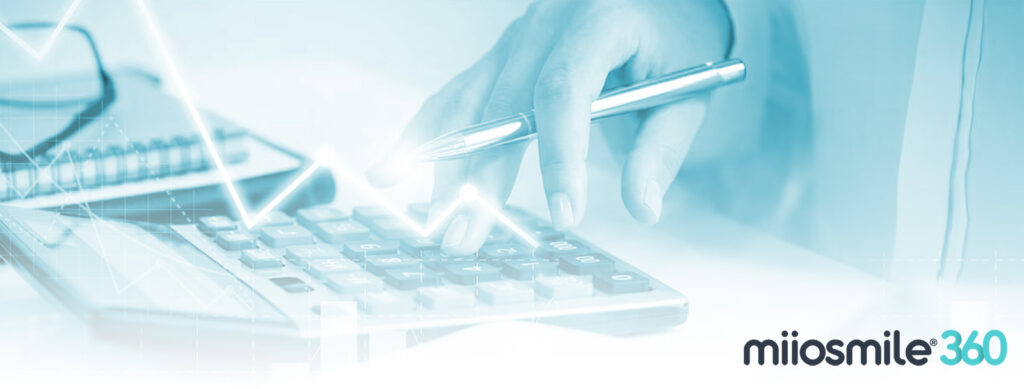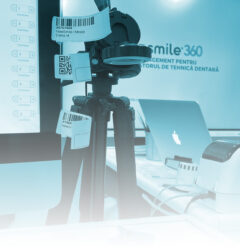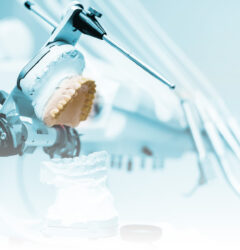12 Mar.

What are the important accounting issues for a dental laboratory?
In the modern age of business, proper financial management is crucial to the success of any business, regardless of its field of activity. One sector that requires special attention in this respect is the dental laboratory sector, where the accounting monograph becomes an essential tool for efficient and transparent business management.
LTD.
company type
1-10
average no. of employees
VAT
web surfing
3250
CAEN Code
Direct costs, such as the purchase cost of raw materials and direct materials consumed, energy used for technological purposes and wages, are included directly in the cost of products. On the other hand, indirect costs, such as fixed and variable production costs, are allocated indirectly according to specific procedures.
Direct expenditure
Direct costs are costs that are directly associated with a particular object of calculation from the moment they are incurred and are included without intermediaries in the cost of these objects. These costs include the purchase of raw materials and direct materials, energy consumption for technological purposes, direct labour costs (wages, social security, social protection, etc.) and other direct costs.

Indirect expenditure
Indirect costs are those costs related to obtaining more products or performing more work and services in the dental laboratory. They also include costs associated with different stages of the production process or even with the entire activity of the laboratory.
To calculate costs correctly, we include these indirect costs in the total costs, but in an indirect way. This is done by apportioning them proportionally on the basis of logical methods, applied consistently, according to the type of expenditure and the object or process benefiting from it.
In this category of expenditure we include raw and indirect materials, indirect labour costs and other costs that can be attributed to the production process or the dental laboratory's activity.
For example, fixed production costs are those indirect costs that do not vary significantly with production volume. These may include depreciation of equipment and machinery, maintenance and handling of raw materials and consumables, and other laboratory management and administration costs.
Operating expenditure on depreciation of fixed assets
The recipe book
The recipe book is an essential document used to calculate the amount of each type of raw material needed to produce a particular finished product in the dental laboratory.
It is important to note that this document is not subject to the rules imposed by OMFP 2634/2015 and is not mandatory to be used. However, in current industry practice, the prescription is mainly used in the food sector.
If we can determine the amount of raw material needed based on other documents, then the use of the prescription may not be necessary.



